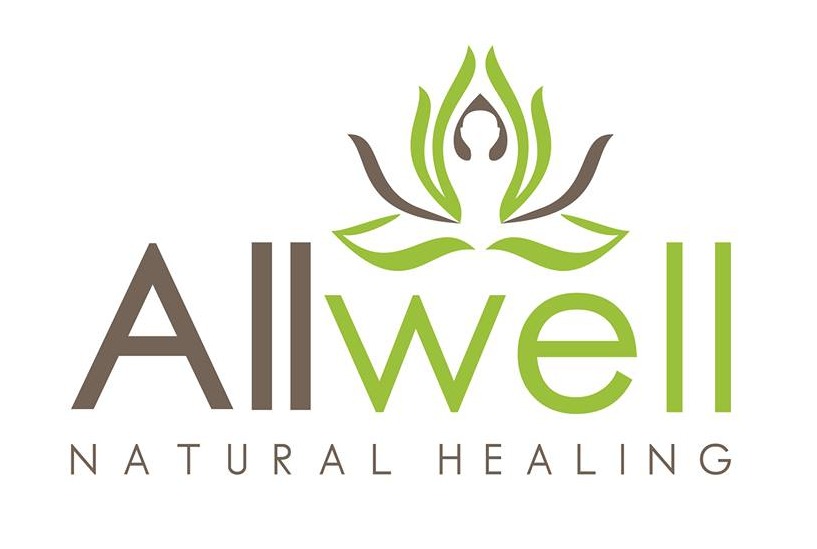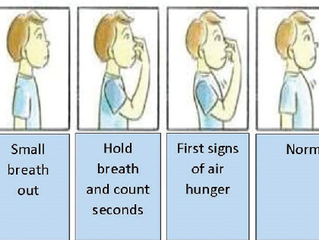Breath ……. It is not a new thing!
Also known as ‘spiritus’ (Latin), ‘prana’ (Sanskrit), and ‘pneuma’ (Greek).
It is the first thing we do when we arrive in this life and the last thing we do as we leave this life.
But, how much notice do we give to the way we breathe and do we consider it important to good health? We can stay alive for long periods of time without food, sleep and fluids but only minutes without oxygen.
If you wanted any more reasons, other than staying alive 😄, then we also know our breath can;
- Reduce feelings of stress and anxiety
- Reduce feelings of overwhelm
- Improve muscle relaxation
- Improve sleep quality
- Increase energy levels
- Improve lung health
- Improve blood pressure balance
Correct breathing is pivotal to good health and needs to be included in our overall wellness plan alongside nutrition and lifestyle practices. Two keys areas of breathing that we need to improve are over-breathing and mouth breathing.
- Hyperventilation – over-breathing, is taking in more air than your body metabolically needs and it can become habitual and long term. The initial cause for the over-breathing may have long passed e.g. stress, trauma, but the pattern of breathing remains. The respiratory centre in the brain becomes accustomed to this and considers it normal breathing. We have to re-calibrate and retrain the brain using neuroplasticity, to bring back optimal breathing, which is 10 – 15 breaths per minutes through the nose (at rest), silent, regular and effortless.
- Mouth breathing is another common area of breathing dysfunction that we need to improve. Our structural design is for us to breathe through the nose, why else would we have this large area in our skull. The body design is that when we breathe in through the nose the air is filtered of foreign or dangerous particles which are then eliminated through mucous membranes, thus supporting our immune system.The nasal cavity also warms and moistens the incoming air so that when it reaches the lobes of the lungs it is at body temperature and not dry, this is not able to done through the mouth.
Another very important function in the nasal cavity is the ability to regulate the volume and increase the carbon dioxide to the amounts needed. Carbon dioxide is very important to the way the body is able to use oxygen, it is a vasodilator to all smooth muscle, such as arteries, airways and gut and can help switch on the parasympathetic nervous system to reduce stress.
Simply by breathing through our nose and slowing down the breath we can reduce incidences of asthma, reduce snoring, increase circulation, improve oxygen saturation therefore improving brain function and generally improve overall wellness.
There are many techniques for retaining and enhancing your breathing processes and this simple one is a good place to start. It can be done many times throughout your day and by adults and children alike.
Small breath holds – takes about 4 minutes, great for reducing and anxiety and safe for anyone.
- Comfortably seated with you back straight, allow your shoulders to drop and relax, keep your belly soft and relaxed. Your tongue should be resting at the roof of your mouth with the tip gently touching your front teeth.
- Breathe in through you nose and then out through your nose – keep the breath relaxed, natural and gentle.
- Using two fingers hold the nose for three seconds, feel the pressure to breathe gently rise.
- Then breathe in and out through your nose slowly and gently again.
- Repeat this process for several rounds.

